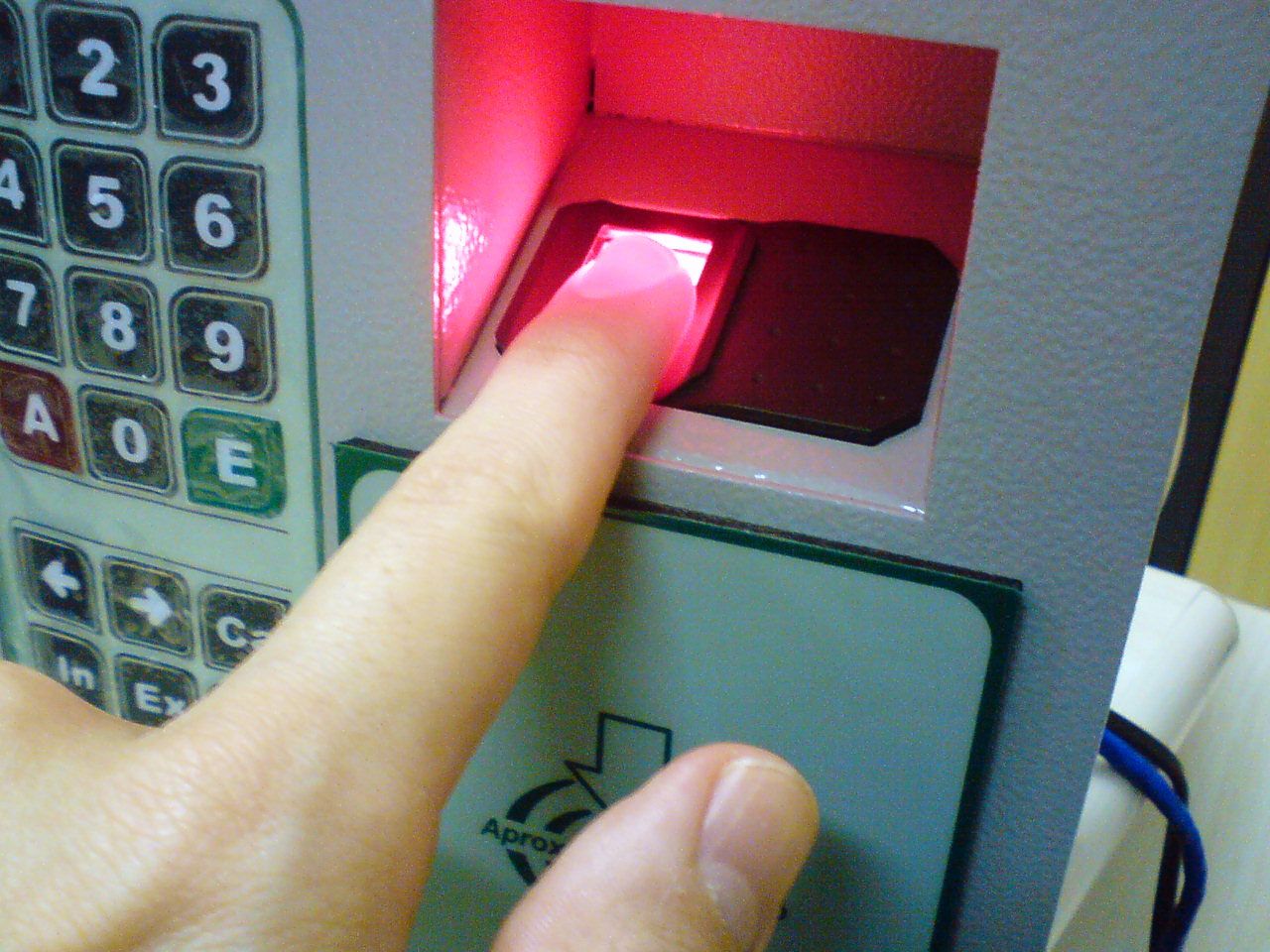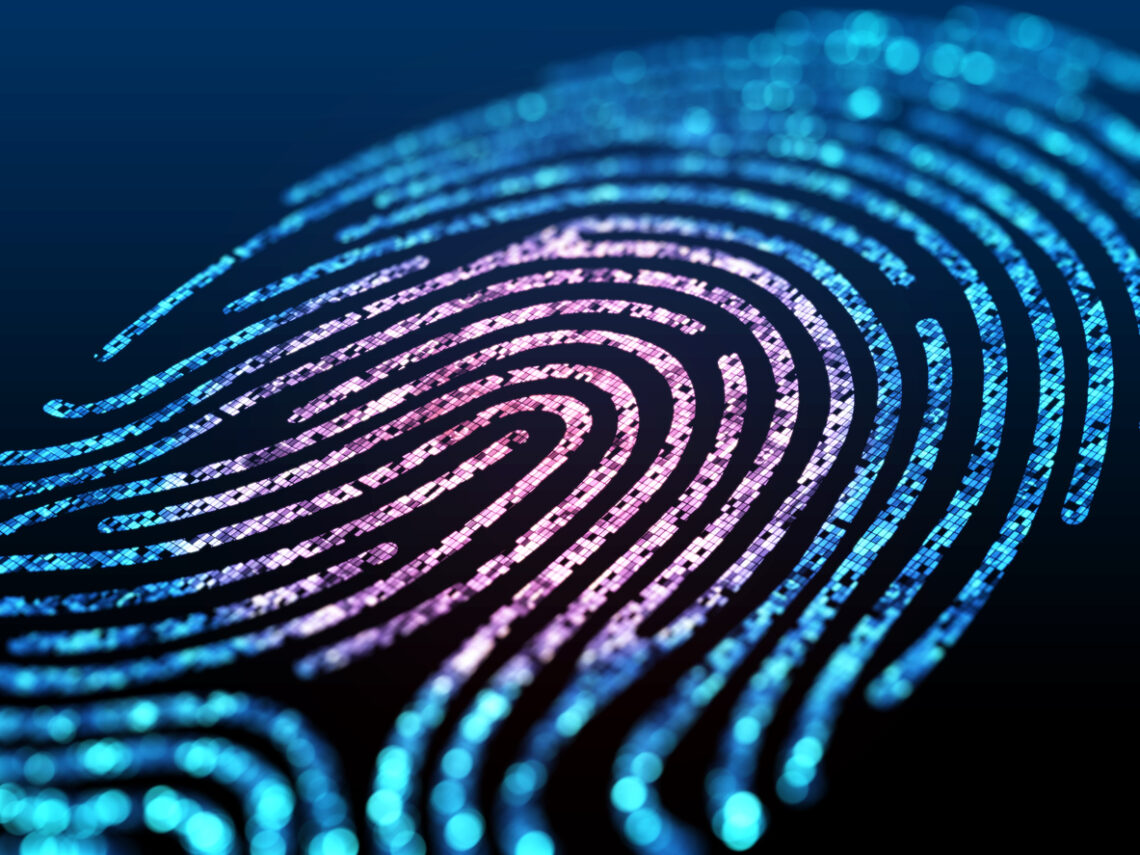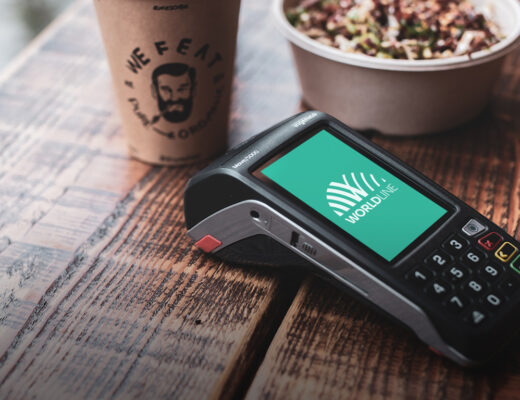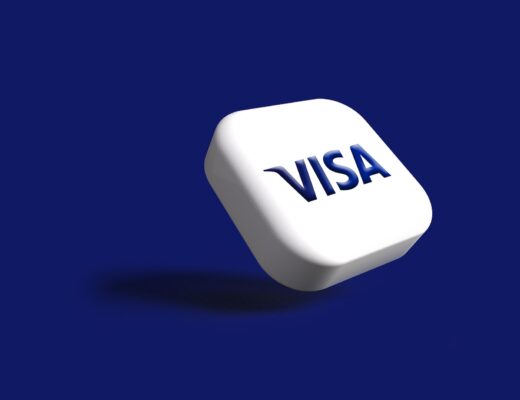Biometric payments: the benefits of technology
As digital payments increase, so do the demands for their security. The popularity of such transactions is growing daily, so data protection is becoming increasingly important. Biometric payments are one of the most reliable ways to ensure security. They involve identifying and controlling access based on the user’s physical characteristics.
Biometric verification provides much better protection against hacking than a traditional password. The latter is often simple in structure and easy to guess. Identification through fingerprints or facial features is in widespread use in a wide range of areas. A prime example is unlocking a smartphone or authentication for logging into banking applications. There are several types of biometric technologies:
1. 3D facial recognition. Special sensors determine the shape of the face, and reading additional features makes it possible to distinguish a photo from a live person.
2. Iris verification. This technology recognises the colour of the iris in different light conditions.
3. Vein pattern identification. Scanning the hand or fingers can highlight the unique pattern the vein system forms. This approach has a higher level of security than fingerprint scanning. Veins run more profoundly, and their pattern is much more complex to fake.
4. Heartbeat recognition. Special sensors read the electrical activity of the heart.
5. Behavioural biometrics scanning recognises various features of human behaviour, including gaits, vocal timbres, and writing styles.
In addition, multimodal systems involve the recognition of multiple data. For example, the system may ask for a fingerprint and facial feature verification.
Payment characteristics
Biometric payment requires the use of certain technologies as part of two-factor authentication. This approach eliminates needing a card or cheque to be physically present during a transaction.
This type of transaction is becoming increasingly popular. Juniper Research predicts that by 2025, biometrics will be one of the main options for personal authentication. It is expected that USD 3 trillion in payments will be made using biometrics, a 650% increase from 2020. By 2026, global biometric transactions will reach USD 5.8 trillion, and more than 3 billion users will use them.
Payment cards for such transactions contain two technologies:
– an embedded chip to read information;
– biometric sensors to verify the cardholder.
The global market for such cards will generate revenues of USD 370 million in 2024. By 2029, it will be worth USD 18.4 billion. Such growth rates indicate a strong demand for biometric payments. At the same time, they require the right equipment and infrastructure. We are talking about authentication software, cards, etc. It is safe to say that this direction will actively develop and replace other identification methods.










